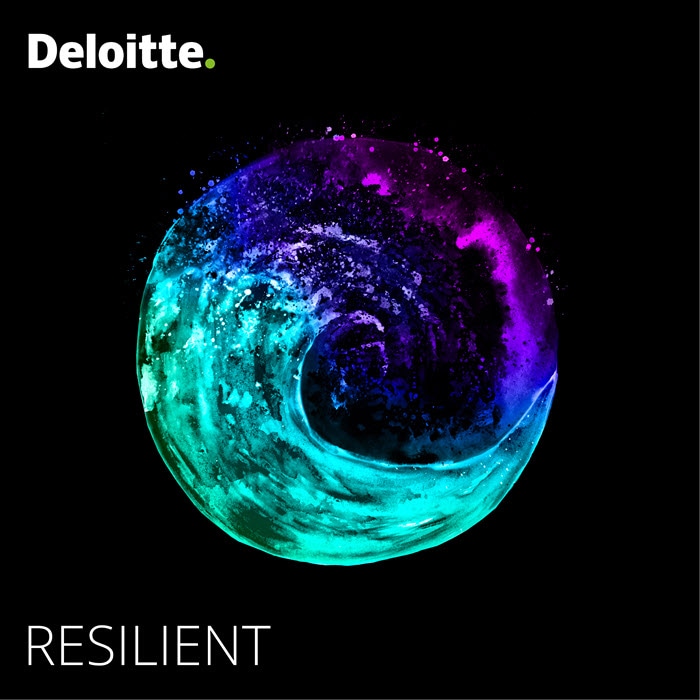Critical infrastructure risk management in times of crisis has been saved

Podcast
Critical infrastructure risk management in times of crisis
Advancing security and resilience for US critical infrastructure
Securing and building resilience into the US critical infrastructure is essential to protecting our nation’s security and economy—as well as the health and welfare of our people. Robert (Bob) Kolasky, the Assistant Director of the National Risk Management Center (NRMC) in the Department of Homeland Security (DHS) Cybersecurity and Infrastructure Security Agency (CISA), discusses how COVID-19 has introduced a number of new challenges to our resilience that have both physical and cyber implications—but also opportunities to rethink critical infrastructure risk management.
Explore content
Finding opportunity in critical infrastructure risk management
The NRMC operates at the vital intersection of government and industry. It advises businesses, industry, and government on how to best secure, protect, and keep resilient US infrastructure functions so vital to our country that their disruption would have a debilitating impact on the economy and our national safety. The NRMC’s focus is on critical infrastructure risk management, critical infrastructure security and resilience, and proactively neutralizing any potential US infrastructure problems—across transportation and communication networks, energy transmission, financial systems, and much more.
In this episode, Bob shares his leadership perspective—shaped by years of risk and resilience experience in the public and private realms—on how business leaders can not only manage the downside of risk at this challenging time, but also leverage a strategic risk evaluation approach to enhance critical infrastructure security and resilience against future crises. He explores the critical infrastructure risk management interdependencies that exist across public and private industries. What are the biggest risk factors that business owners, operators, and other leaders should consider when making decisions that have downstream critical infrastructure risk management consequences?
“…connecting risk and resilience thinking with strategy and financial thinking... I think that's where there's an opportunity.”
As organizations respond to and recover from the COVID-19 crisis, Bob feels it’s important to consider the greatest gaps in managing critical infrastructure cybersecurity and explore how new developments and innovations can help to bridge them.






